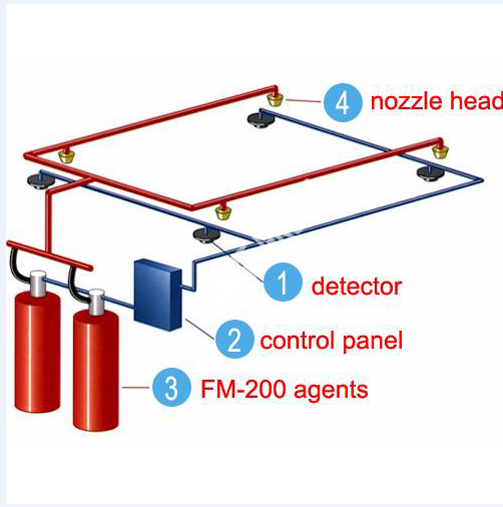Responding to heat stroke, heat exhaustion ( SAFETY )
Heat stroke and heat exhaustion are the two most dangerous heat-related illnesses, according to OSHA .
The body cools itself naturally by sweating, but when heat and humidity are high, sweating may not be sufficient. This is when problems occur.
Body temperature can rise to dangerous levels, OSHA states , if actions such as drinking water or resting in a shaded area on an air - conditioned room aren't taken to cool down .
Employees at risk for heat - related illnesses include outdoor workers ( although certain indoor jobs can be hot enough
to result in a heat-related illness), workers
performing heavy tasks and workers wearing bulky protective equipment.
Heat exhaustion occurs when a body responds to loss of water and salt due to excessive sweating. Symptoms include headache, nausea, dizziness, weakness, irritability and thirst. If you believe a co-worker is experiencing heat exhaustion, have the person lie down in a cool, shaded area and provide plenty of water to drink. You also can cool the worker with ice packs or cold compresses.
Take the worker to the emergency room if symptoms don’t improve - or worsen - within an hour.
Heat stroke occurs when the body can’t regulate its core temperature and stops sweating, leaving it unable to rid itself of excess heat. It can lead to death, so heat stroke should be considered a medical emergency. Signs of heat stroke include fainting, confusion, seizures, hot and dry skin, and a high body temperature. Call emergency Contact No. if you suspect heat stroke.
While waiting for emergency medical responders, OSHA recommends the following actions:
- Ensure the affected worker is in a cool and shaded area.
- Give the worker water as soon as possible.
- Loosen his or her clothing and remove outer clothing.
- Fan air on the worker and place cold packs in his or her armpits.
- Place cool water, ice packs, cool compresses or ice on the worker.
- Stay with the worker until help arrives.





0 Comments